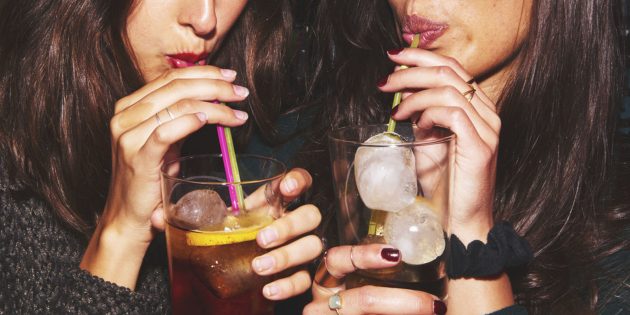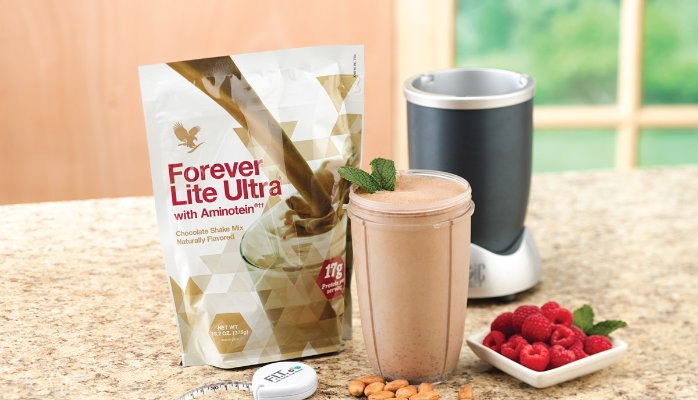What If Your Beverage Choices Are Preventing Fat Loss
Looking for weight loss? If you feel that you’re on track to success since you have actually developed your personal diet regimen strategy and you’re ensuring that no food passes your lips that isn’t really permitted, you might want to do a double take and also see to it that you aren’t making another crucial mistake: liquid calories.
The unfortunate truth of the matter is that some individuals will totally wreck their weight loss results merely by consuming calories they shouldn’t be.
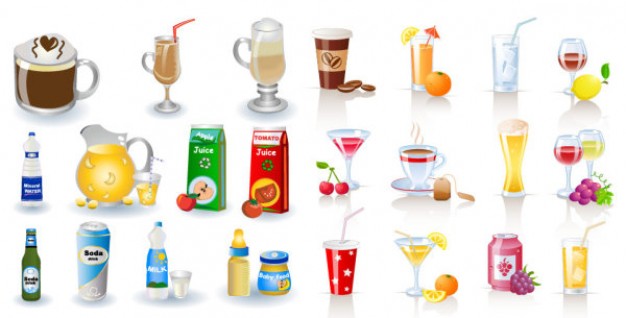
Liquid calories are able to accumulate rapidly. You might be aware of the number of calories you eat every day, but how many calories are you drinking?
What most research studies reveal is that the advantages or disadvantages of liquid calories have more to do with exactly how people consume them and much less to do with anything fundamental to consuming energy in liquid form. Liquid calories can slow weight loss if…
- You don’t anticipate to feel full from them.
- They’re mostly giving you calories from carbs/sugar.
- They don’t contain any nutrients.
These are the real hitches with satiety, not necessarily the liquid format. In fact, if none of the above apply and strategic use of liquid calories can actually be helpful to weight loss.
Liquid calories in just about any form – alcohol, juice or soda – are stealth calories. They come in undetected under the radar screen, but have an effect that can be enormous. Scientific evidence confirms that although such liquids count as calories, the body doesn’t perceive them the same way as it would detect solid food.
Liquid Calories Don’t Fill You Up
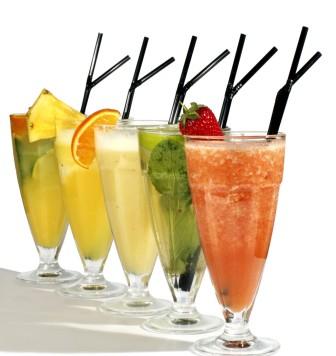 One of the reasons that we may ‘forget’ about the calories we drink is that they don’t fill us up very much. Most of the fluids we drink don’t take up that much room in the stomach. It’s almost as if they fall through the cracks. As a result, often we don’t adjust for the extra liquid calories we drink by taking in less food — we just pour the fluids right on top.
One of the reasons that we may ‘forget’ about the calories we drink is that they don’t fill us up very much. Most of the fluids we drink don’t take up that much room in the stomach. It’s almost as if they fall through the cracks. As a result, often we don’t adjust for the extra liquid calories we drink by taking in less food — we just pour the fluids right on top.
The problem with this is that your body will not register liquid calories like it will food calories, so while eating a meal may make you full, drink a liquid and you’ll still want more food. So by the end of that meal, you’ll actually have significantly heightened your overall calorie intake. This, as you might imagine, spells very bad news for fat loss results.
When people intake calories in the form of solid food, they naturally compensate by reducing the rest of their food intake. But when people ingest liquid calories, they don’t compensate for them by eating fewer calories, studies show.
“Fluid calories do not hold strong satiety properties, don’t suppress hunger and don’t elicit compensatory dietary responses,” said Richard Mattes, M.P.H, R.D.,a professor of foods and nutrition at Purdue University. “When drinking fluid calories, people often end up eating more calories overall.“
This may help explain the results of a study by researchers from Harvard University and Children’s Hospital in Boston, conducted over eight years, with nearly 50,000 women. The researchers behind that study found that women who increased their intake of sugar-sweetened beverages, such as sodas or fruit punch, from one per week to one or more per day added 358 calories daily and gained significant weight. Women who lessened their intake cut 319 calories per day and gained less weight. Earlier studies revealed that consumption of sugar-sweetened soft drinks increased the likelihood of obesity in children, but this is the first conclusion from a long-term observational study in adults.
The mechanisms controlling hunger and thirst are completely different, and liquids – even if they contain calories – don’t seem to satisfy hunger even if they quench your thirst. Physiologically, your thirst is quenched once your blood and cell volume is increased by water. This signals to your brain that you are no longer thirsty.
Hunger is controlled in your stomach and intestines. While you’re eating, nerves in the stomach wall detect that it is stretching and send satiation signals to the brain. The intestines also release nerve regulators and hormones. Simultaneously, the hunger hormone, ghrelin, which is released by the stomach when it is empty, decreases – all of which help you feel satiated.
There are a few theories elucidating why liquid calories cause lower satiety and increased overall calorie intakes, but the process is still not fully understood. First, cognitively, people have a harder time recognizing that liquids count. Also, the mouth-feel of a liquid versus a solid may generate different signals, less time and involvement with food, and reduced psychological satisfaction. Finally, because liquids travel more quickly through the intestinal tract, they alter the rate of nutrient absorption, which can affect satiety hormones and signaling. It’s probable that all of these reasons are pertinent.
Emerging research is finding the hunger hormone ghrelin may play a key physiological role in the weight gain related with juices and other drinks.
“When the number and type of calories are the same, the calories in liquid form won’t suppress ghrelin as effectively as if the same calories were in solid form,” says David Cummings, associate professor of medicine at the University of Washington and the Veterans Affairs Puget Sound Health Care System.
Although Cummings hasn’t tested many types of fluids and their varying effects on ghrelin, other researchers have found that drinking fluids may produce fluctuating degrees of satiety, depending on what the fluids contain.
Research has proven fairly well that alcoholic beverages and sugary liquids, especially sodas and fruit drinks, aren’t completely registered or compensated for by the body and simply add extra calories.
“Some beverages cross over the line into being a food,” says Barbara Rolls, professor of nutritional sciences at Pennsylvania State University.
She conducted studies that found people felt more satiated and consumed fewer calories when they had milk-based drinks at the beginning of a meal. The high protein levels, in addition to cognitive beliefs about milk being a food, may make it more satiating. Also, fluids with food in them, such as soups, are very filling.
But most caloric fluids Americans consume are not satiating. When you consider that an suitably sized meal is anywhere from 400 to 700 calories, and one Big Gulp is more than 300 calories, you understand the scope of the problem! A Starbucks Frappuccino can total anywhere from 300 to 500 calories. One glass of wine contains at least 100 calories, and one mixed drink can set you back 300 calories or more. Double or triple these numbers at any given party, tack on the calories in your meals, and you can understand how weight gain is the unavoidable result.
If you’re a victim of liquid calories, the first thing to do is figure out where these calories are coming from and then take steps to find a more apt replacement.
Let’s get you started with a few quick ideas.
Your Morning Gourmet Coffee
If you start your day off with a double whipped tall anything, you need to think again. These gourmet morning beverages can easily come in at 400-500 calories if you get a large size, meaning they’re pretty much a meal in a cup 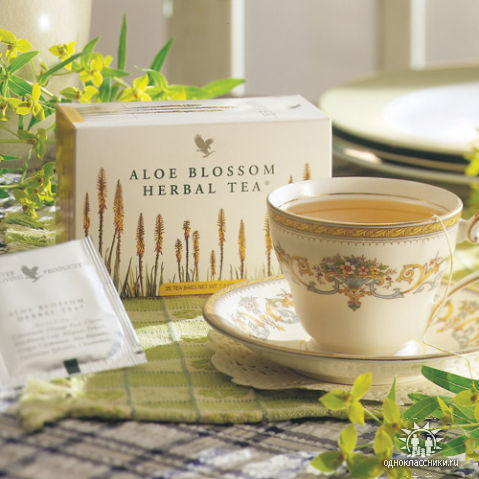 – more than a meal for some of you.
– more than a meal for some of you.
Instead, opt for a Green tea (i.e. Aloe Blossom Tea). Not only is it healthier for you than coffee, it’ll actually help to boost your metabolism, bringing you faster fat loss.
Just be sure that you don’t sweeten it with sugar. Add a small dose of Stevia if needed.
Your Mid-Morning Smoothie
Next, if you’re in the habit of picking up a fruit smoothie mid morning on your break, this is another place where you are taking in far too many calories.
If you absolutely must have a smoothie, whip up your own using half a scoop of protein powder, one cup of frozen strawberries, and 1 cup of unsweetened coconut milk. You’ll only take in around 130 calories – which can replace a healthy mid-morning snack.
Besides, as this study found, protein is more filling than carbs regardless of whether it’s solid or liquid. People who ate protein compensated for about 80% of the calories at their next meal – for example, if they had 100 calories of protein, they would eat 80 fewer calories at their next meal. But people who had carbs compensated much less, only 34%. If they got 100 calories of carbs, they would only eat 34 fewer calories at their next meal.
Sugary Drinks Add Up Fast
The Afternoon Soda Pick-Me Up: Perhaps the worst beverage slip-up you may be making is indulging in a soda mid-afternoon. Even if it’s a diet soda, don’t think you’re any better off. This too will contain a slew of unnatural ingredients that your body just doesn’t need.
Sugary drinks are certainly a big part of the problem. And that would be a great start. Sodas, of course, are loaded with sugar. If you were to quit a daily soda habit, you could drop about 15 pounds /7 kilos in a year’s time.
But sodas are just part of the problem when it comes to liquid calories. There are also the fruit drinks, sweetened teas, lemonade and coffee drinks that contribute hundreds of calories to the average person’s daily consumption. Since drinking fluids with meals doesn’t make the meal more satisfying, it’s easy to add a lot of extra calories from clear liquids like sodas, lemonade or sweetened tea.
On the other hand, thick liquids like milk, soups or protein shakes do tend to fill us up, because they contain nutrients other than sugar (like protein or fiber) that help to satiate us.
The other issue with liquids is that they go down so easily. It’s simply faster and easier to slurp liquid calories than it is to chew solid foods. If you’ve ever seen people down a can of soda in just a few gulps, just know that’s more than 10 teaspoons of sugar and 150 calories in seconds flat.
The Glass Of Wine With Dinner
Finally, if you’re someone who loves a glass of wine with dinner, you’ll want to reconsider this as well. While the odd glass on occasion may be fine, if you’re doing it nightly, it’s adding up.
Instead, serve up a tall glass of water with a lemon or lime for added flavor. It’ll help hydrate you without the extra calories.

So keep these beverage swaps in mind. If you aren’t being vigilant, what you are drinking throughout the day will add up and derail your progress.
Most people find reducing liquid calories is an easy change. Since liquid calories don’t contribute to feelings of satiety, cutting them doesn’t lead to feelings of deprivation or hunger. And there are so many great substitutes.
If liquid calories are a problem for you, try to navigate yourself toward healthier, lower calorie choices. The one liquid that’s important to keep drinking is water. Water, mineral water and plain iced tea are great.
If you can’t handle the taste of plain water, try mixing in just a splash of fruit juice for flavor. Sports drinks are generally much lighter in calories than fruit drinks and sodas, and they might be a good choice when it’s hot or when you’re active.
Of course, if people are mindful of their calorie intake, a moderate daily dose of wine or other caloric beverage won’t hurt once in a while. The key is mindfulness and moderation.
